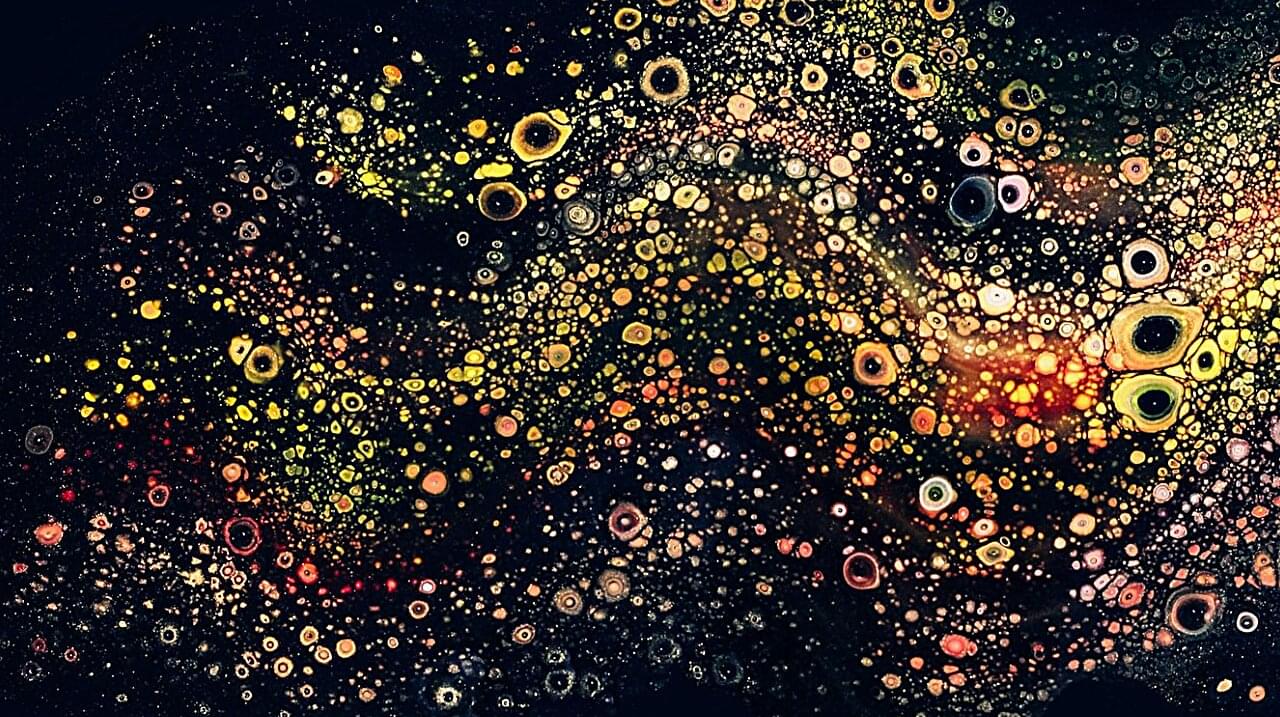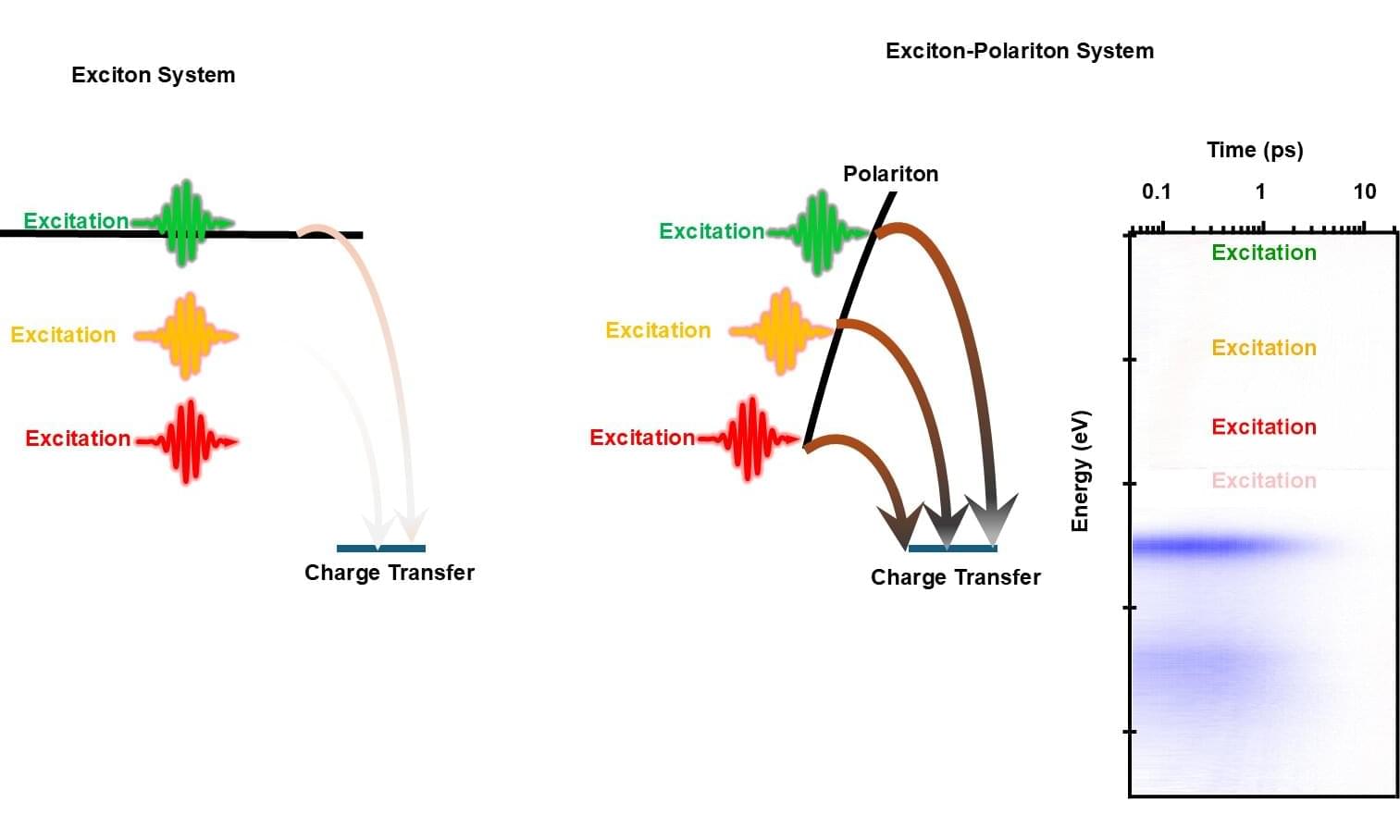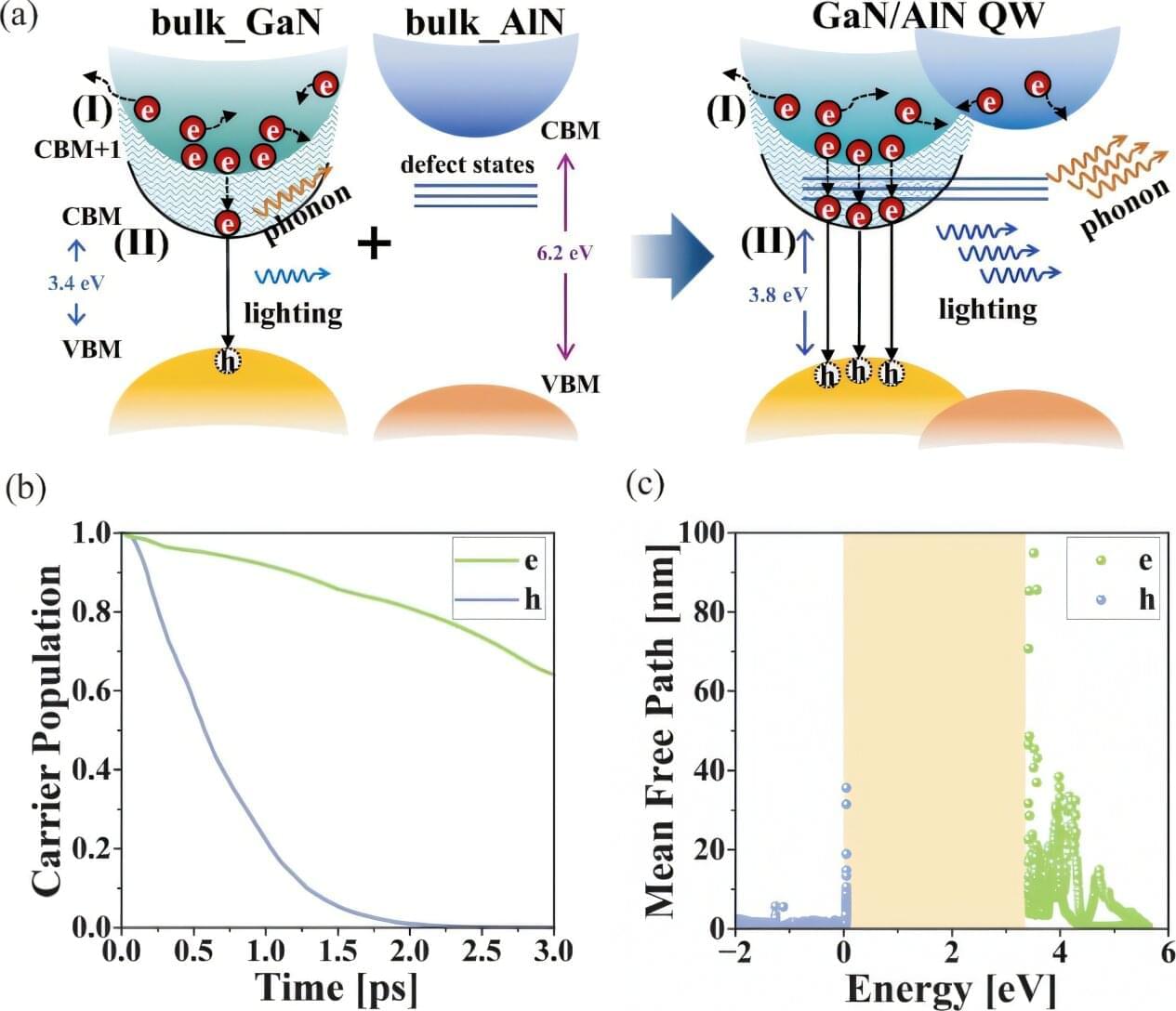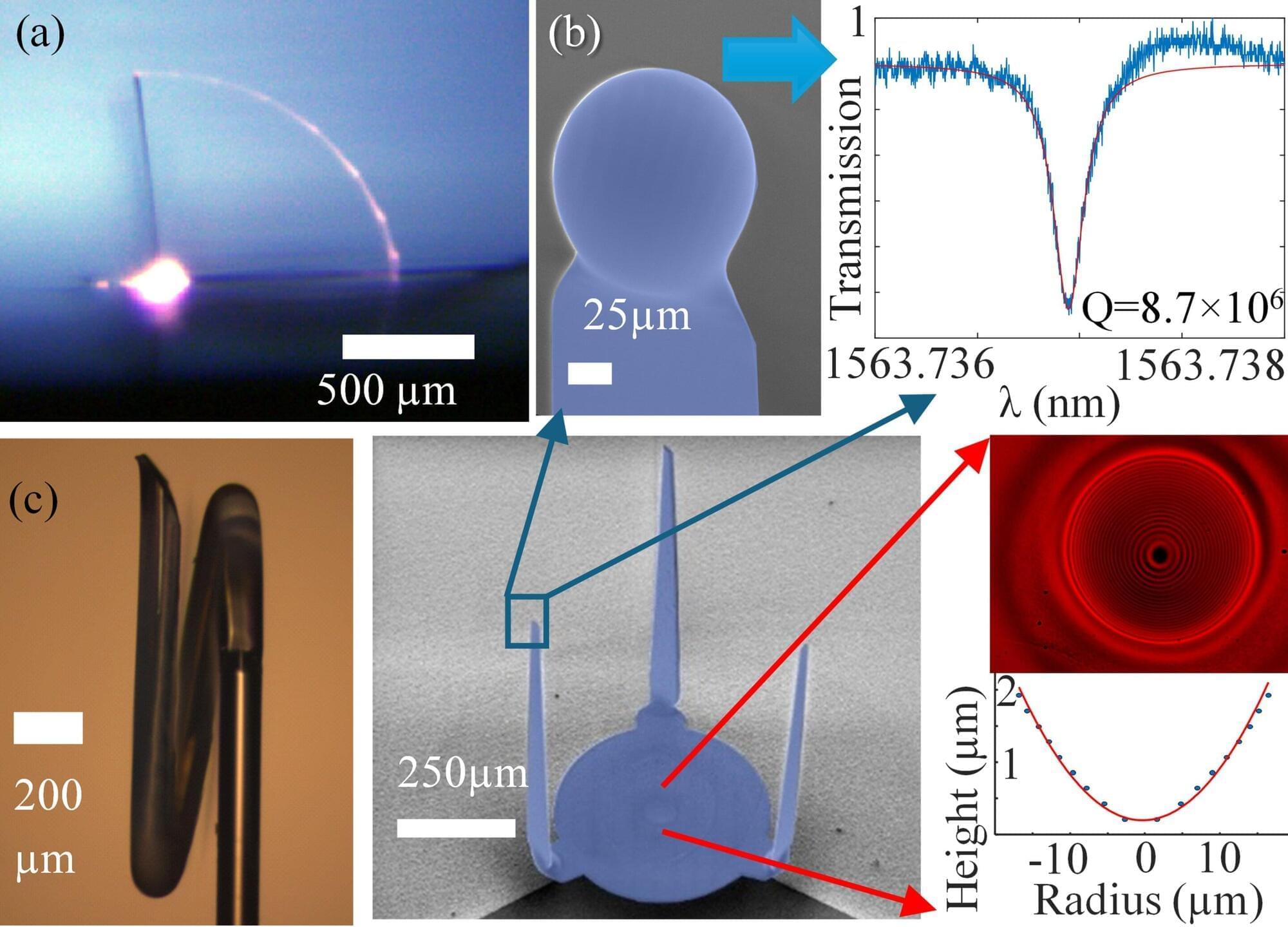An international team of astronomers has observed one of the brightest fast radio bursts (FRBs) ever detected—and pinpointed its location in a nearby galaxy (NGC 4141). FRB 20250316A has been nicknamed RBFLOAT, which stands for Radio Brightest FLash Of All Time. The finding and the discovery of the location surprised the team and revealed new insight into FRBs, which are one of astrophysics’ biggest mysteries.








